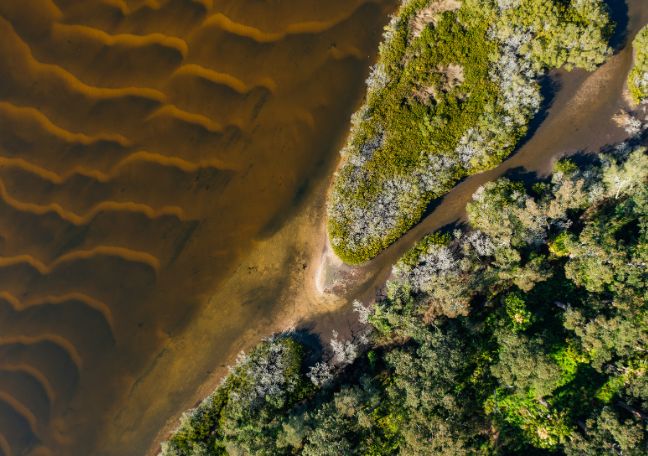Standing Strong on Country is a unit of stand-alone lessons that explores First Nations Australians’ expertise in resilience through the lenses of Science, Geography, Civics and Citizenship, English and Economics. By incorporating First Nations peoples’ perspectives, students will understand how Aboriginal and Torres Strait Islander knowledge and traditional practices can inform our understanding of climate change and disaster preparedness.
Students will learn about the impacts of fire and flood and how First Nations’ communities build resilience through case studies and research. Geographical inquiries focus on the causes and effects of environmental changes and how First Nations peoples’ stewardship of the land supports sustainability. Students will also critically analyse the media's role in shaping perceptions and the contributions of First Nations volunteer groups, as well as the historical and contemporary representations of First Nations peoples in disaster reporting and its social impacts. Lessons in this unit highlight the economic, environmental and social benefits of cultural burning practices and equip students with the resources to conduct cost-benefit analyses and evaluate hazard reduction approaches.
This comprehensive unit fosters a deep understanding of the interconnections between people, place, and resilience.



Welcome back!
Don't have an account yet?
Log in with:
Create your free Cool.org account.
Many of our resources are free, with an option to upgrade to Cool+ for premium content.
Already have an account?
Sign up with:
By signing up you accept Cool.org's Terms and Conditions(Opens in new tab) and Privacy Policy(Opens in new tab).